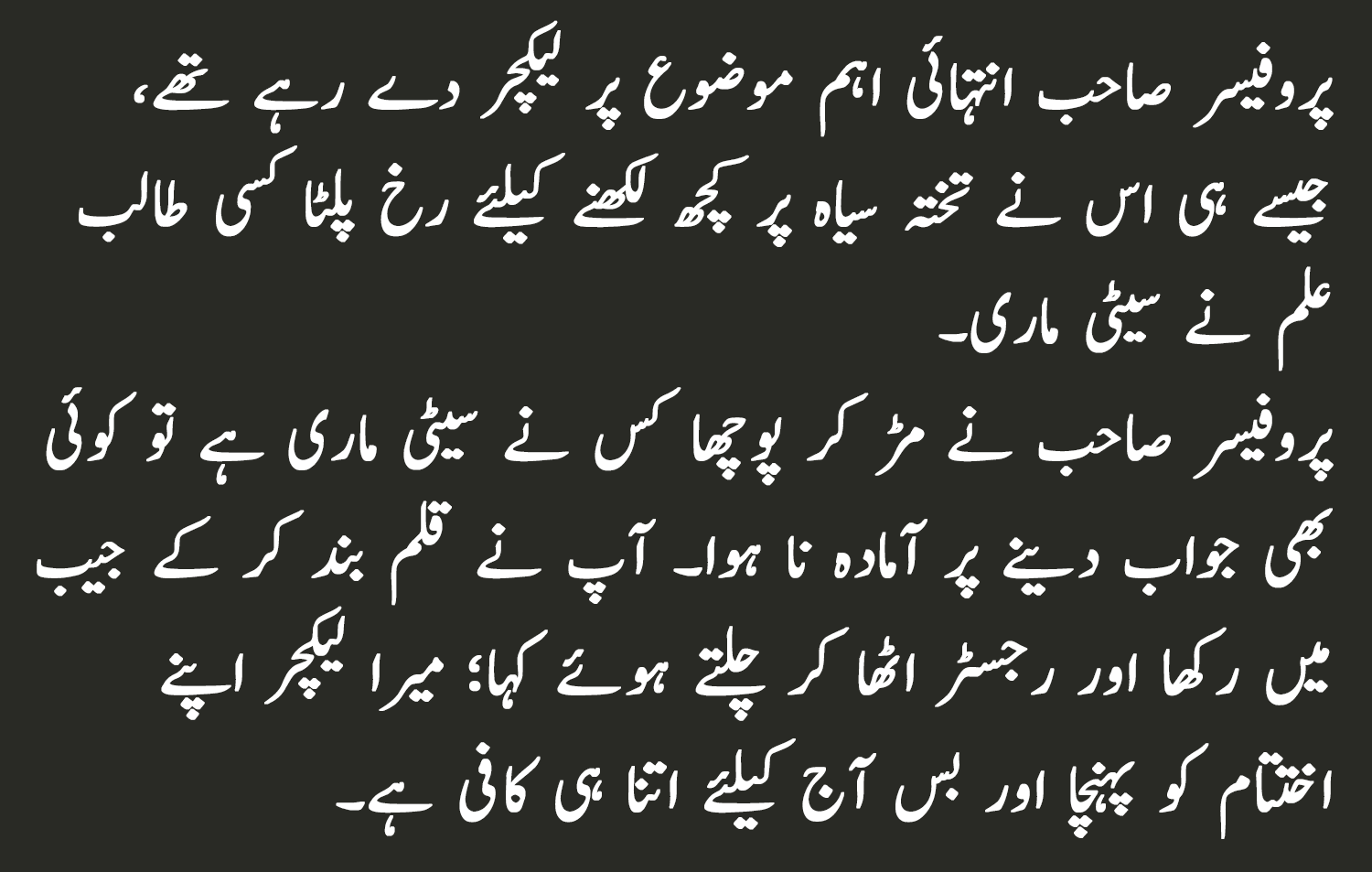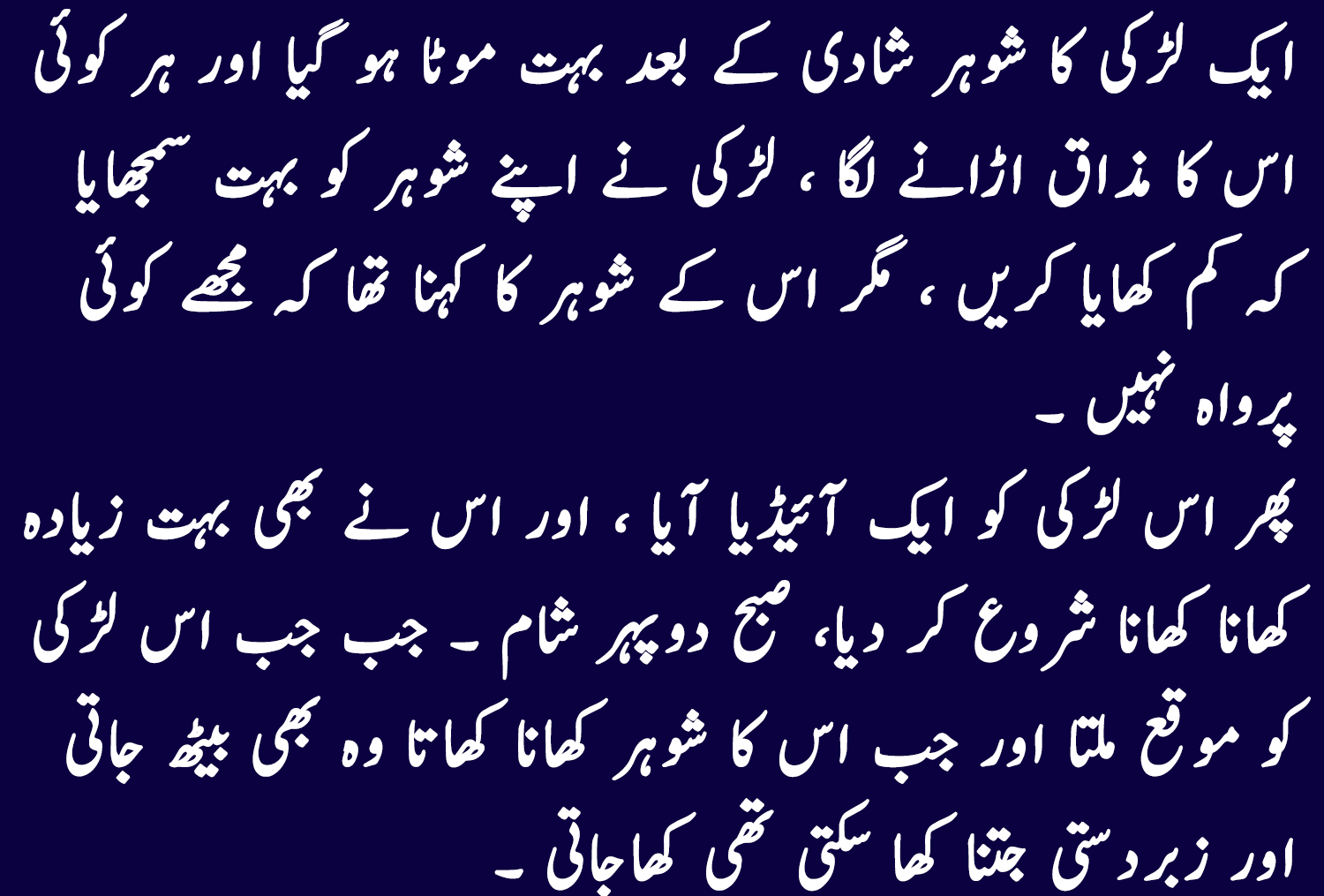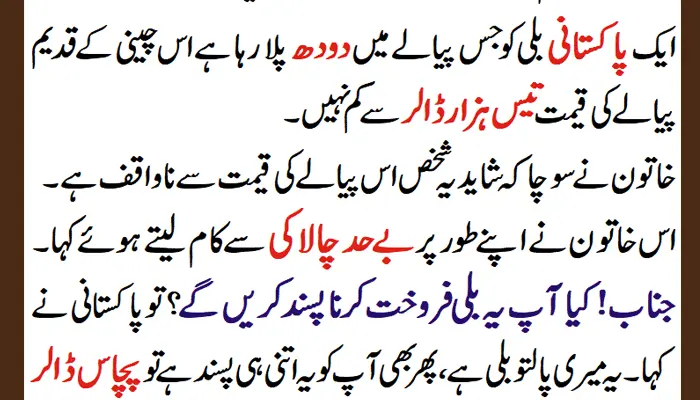Painful acne is more than just a skin problem. It hurts. It can make you feel shy and uncomfortable. It can leave dark spots and scars. But there is hope. You can treat painful acne. You can stop it from coming back.
This article will explain everything about painful acne — what causes it, how to treat it, and how to stop it before it starts. Let’s get started.
What Is Painful Acne?
Painful acne is a type of acne that forms deep under the skin. It hurts to touch. It may look like a red lump, or a swollen bump. Sometimes, it has pus inside. Other times, it’s just hard and sore.
Painful acne is often called:
-
Cystic acne
-
Nodular acne
-
Severe acne
This kind of acne does not go away with normal soap or face wash. You need stronger care.
What Causes Painful Acne?
Let’s break it down into simple reasons.
1. Clogged Pores
Your skin has small holes called pores. They let oil and sweat come out. But sometimes, these pores get blocked by:
-
Dead skin cells
-
Extra oil (sebum)
-
Dirt or bacteria
When this happens deep inside the skin, it can turn into a painful bump.
2. Bacteria
A common bacteria called Propionibacterium acnes lives on our skin. When pores are blocked, bacteria grow inside. This leads to swelling, redness, and pain.
3. Hormones
Hormones control oil production. During puberty, periods, pregnancy, or stress, hormones go up. This leads to more oil and painful acne.
-
High CPC keyword: hormonal acne treatment
4. Poor Skin Care
Using harsh products or not washing your face properly can cause breakouts. Wearing makeup that clogs pores makes acne worse.
5. Unhealthy Diet
Eating too much sugar, dairy, or fried food can trigger acne. Junk food makes your skin oilier.
-
High CPC keyword: clear skin diet
6. Stress
Stress increases oil production. It also slows down healing. This makes acne stay longer and feel worse.
7. Touching Your Face
Your hands have bacteria. Touching your face transfers dirt to your skin. This clogs pores and causes breakouts.
Signs of Painful Acne
-
Red, swollen bumps
-
Tender to touch
-
Deep under the skin
-
May or may not have pus
-
Appears on face, back, chest, shoulders
-
Can leave dark spots or scars
Best Treatments for Painful Acne
There are many ways to treat painful acne. Some treatments work at home. Others need help from a dermatologist near me.
Let’s look at them.
1. Warm Compress
Take a clean cloth. Dip it in warm water. Press it gently on the bump for 10-15 minutes.
-
Reduces pain
-
Helps pus come out
-
Speeds healing
Do this 2-3 times daily.
2. Acne Creams and Gels
Use products with:
-
Benzoyl peroxide
-
Salicylic acid
-
Retinoids
These ingredients help:
-
Unclog pores
-
Kill bacteria
-
Reduce redness
-
High CPC keyword: acne treatment, best pimple cream
3. Face Wash for Acne
Use a gentle face wash. Choose one that says:
-
“Oil-free”
-
“Non-comedogenic”
-
“For acne-prone skin”
Wash your face twice a day.
-
High CPC keyword: best face wash for acne
4. Prescription Medications
If over-the-counter products don’t work, see a skin doctor. They may suggest:
-
Antibiotic creams
-
Oral antibiotics
-
Birth control pills (for hormonal acne)
-
Isotretinoin (for severe cystic acne)
-
High CPC keyword: dermatologist near me, hormonal acne medicine
5. Spot Treatment
Apply spot gel directly on the bump. It dries the pimple and reduces size. Don’t rub too hard.
6. Tea Tree Oil
Mix a few drops with water. Apply it to the pimple using cotton. It kills bacteria and reduces swelling.
-
High CPC keyword: natural remedies for acne
7. Avoid Popping Pimples
Popping or squeezing causes:
-
More pain
-
Scars
-
Infection
Let acne heal naturally or with treatment.
Home Remedies for Painful Acne
Try these simple, safe options:
1. Aloe Vera
Apply fresh gel from the aloe plant. It cools the skin, reduces swelling, and helps healing.
2. Turmeric Paste
Mix turmeric with water. Apply to the bump for 15 minutes. Rinse with warm water.
-
High CPC keyword: home remedies for cystic acne
3. Honey and Cinnamon
Mix both. Apply as a mask for 10 minutes. Wash off gently. It helps kill bacteria and clear skin.
Daily Skincare Routine for Acne-Prone Skin
Morning Routine:
-
Wash face with mild face wash
-
Apply acne treatment or cream
-
Use oil-free moisturizer
-
Apply sunscreen
Night Routine:
-
Remove makeup (if any)
-
Wash face
-
Use spot treatment
-
Moisturize lightly
-
High CPC keyword: skincare for oily skin, acne control routine
What to Avoid
-
Don’t use oily creams
-
Don’t sleep with makeup on
-
Don’t scrub your face hard
-
Don’t use dirty towels
-
Don’t touch your face too much
-
Don’t eat too much fried or sugary food
What to Eat for Clear Skin
Choose foods that are:
-
High in fiber
-
Rich in vitamins A, E, and zinc
-
Low in sugar
Good Foods:
-
Fruits (berries, oranges)
-
Vegetables (spinach, carrots)
-
Whole grains
-
Fish
-
Nuts
-
Water
-
High CPC keyword: clear skin diet tips
When to See a Dermatologist
Go to a doctor if:
-
Painful acne won’t go away
-
Pimples leave dark spots
-
You feel shy or stressed about your skin
-
You have deep cysts or nodules
-
Home treatments are not working
A dermatologist will help you choose the best plan for your skin.
Do’s and Don’ts for Painful Acne
| Do’s | Don’ts |
|---|---|
| Wash your face gently | Don’t scrub your skin |
| Use non-comedogenic products | Don’t pop pimples |
| Keep your hands clean | Don’t touch your face |
| Drink lots of water | Don’t eat too much junk food |
| Use clean pillowcases and towels | Don’t sleep with makeup on |
Painful Acne on Body
Painful acne is not just on your face. It can appear on:
-
Back (bacne)
-
Shoulders
-
Chest
-
Neck
-
Arms
Wear clean, loose clothes. Shower after sweating. Use body wash for acne-prone skin.
Clear Skin Tips
-
Keep skin clean
-
Use simple skincare
-
Eat healthy
-
Drink water
-
Sleep well
-
Stay calm — less stress = less acne
-
Avoid oily makeup
-
Follow routine every day
Conclusion
Painful acne may seem hard to deal with, but you can fight it. Know what causes it. Treat it the right way. Take care of your skin every day.
Use gentle products. Eat better. Be patient. If things get worse, talk to a doctor. Your skin can heal. You can feel good again.
You deserve clear, healthy skin — and it starts with small steps.



